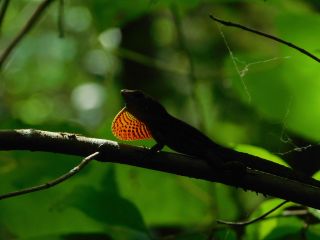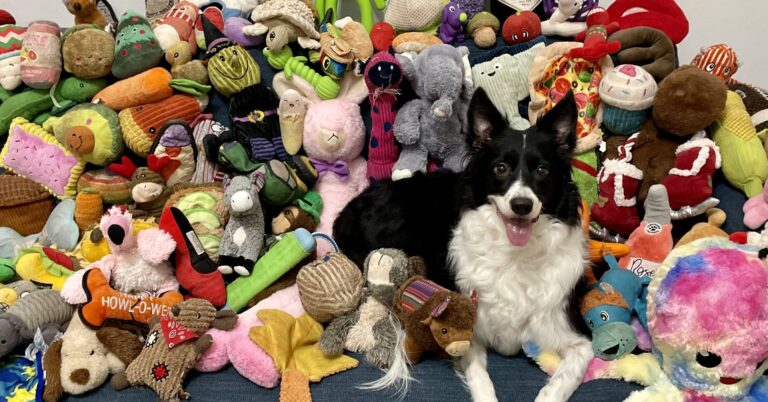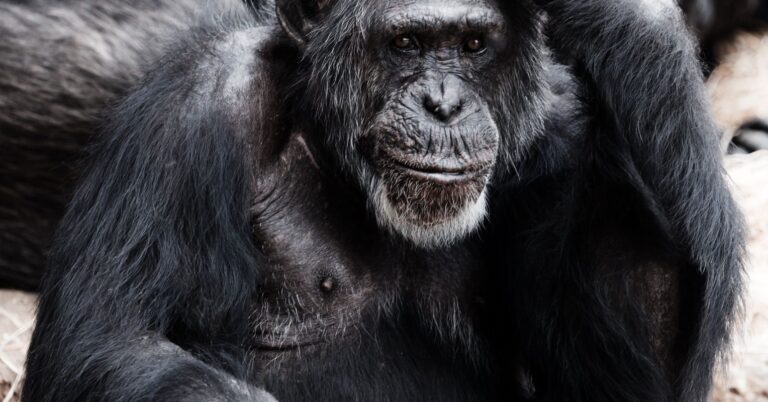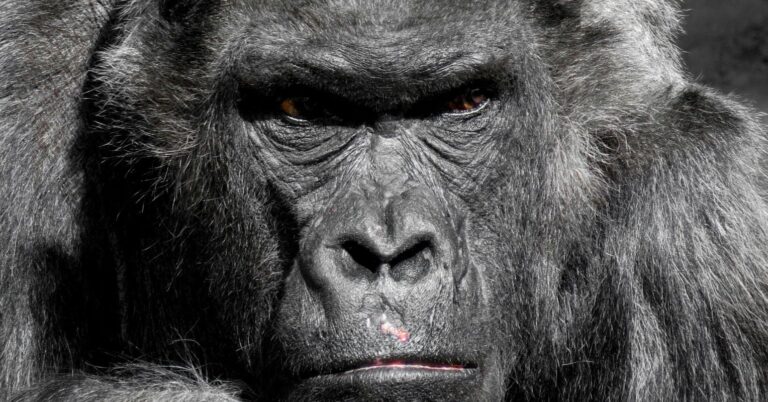I’ve been studying animal behavior for many decades and I’ve long been interested in possible sources of bias in my field and others. I’ve been concerned for a number of reasons, including: our understanding of the animal kingdom has been warped by sexist bias, starting with Charles Darwin; many of the scientists who followed Darwin suffered from a chronic case of confirmation bias or simply ignored females altogether; and in the past few decades a revolution has redefined the female of the species and the very forces that shape evolution.
I learned a lot by reading Lucy Cooke’s outstanding book Bitch: On the Female of the Species, which repositioned female animals to where they belong, and recently I read an essay called “These researchers are reimagining animal behavior through a feminist lens” that rekindled my interest in gender-based bias. This piece focuses on the work of the University of Colorado’s Dr. Ambika Kamath and her colleagues, and I’m pleased she could answer some questions about their landmark research.
Marc Bekoff: Why did you get interested in correcting outdated views of animal behavior? Where has this work led you?

Brown anole lizard in Gainesville, Florida.
Source: Ambika Kamath
Ambika Kamath: My interest in this subject began in graduate school, when I was studying the movement patterns and social interactions of brown anole lizards in Florida. It was widely accepted that these lizards were territorial, which meant, essentially, that they mostly stayed in a single place and defended that place against so-called intruders. But my observations of these lizards revealed that they often behave in ways that aren’t quite compatible with the concept of territoriality. I wasn’t the first to make such observations, but in the past, most scientists had found ways to accommodate these “exceptions” within the framework of territoriality, rather than recognizing that these “exceptions” were commonplace. I was confused by this…why were we hellbent on holding onto the framework of territoriality, and why hadn’t we explored other frameworks?
In time, I realized that a similar stubbornness pervaded much of the field of animal behavior, leading us to hold onto all kinds of frameworks, whether or not they’re actually useful for making sense of animals’ lives. This led me to eventually collaborate with Melina Packer, who is a feminist science studies scholar, to write a book that explores and deconstructs these longstanding frameworks across the field of animal behavior science. We also, wherever we can, propose alternative ways of thinking about animal behavior, and our hope is that animal behavior science can make explicit room for multiple frameworks to choose from.
One thing that becomes very clear is that these varied frameworks for understanding animal behavior are not equivalent—they align with different political visions for how the world is or can be. Unsurprisingly, the frameworks that have long dominated animal behavior science are aligned with political worldviews that make the unequal power distributions of our world today seem “natural.” Thus, new frameworks for understanding animals’ lives can emerge from politically marginalized viewpoints, and can also help us to understand our own lives differently.
MB: What are some of the topics you consider in your FLAIR lab?
AK: All of the people who’ve worked in my lab so far have had different interests and even different approaches—we’ve tried to live our value of plurality by making room for variation to coexist. My interests lie primarily in the realm of animals’ social and ecological interactions: where animals move, which other living creatures and physical objects they interact with, and how these interactions are both shaped by and shape these animals’ evolution. My work right now is pretty conceptual, but everyone else in my lab does field-based research studying lizards. They’re interested in questions like: how do lizards respond to the presence of humans in outdoor recreation spaces (a great question to be exploring in Boulder, Colorado!), how do lizard eggs develop in variable environments and what is the role of a female lizard’s choice of nesting spot in shaping development, how do lizards interact with their potential prey, and so on. We focus on really observing these animals closely, doing our best to consider the complex context in which they live and also the complex contexts in which our ideas about them exist. We also branch out into more human-focused work, including collaborations with artists and studying how undergrads learn about animal behavior.
MB: How do your interests relate to your background and general areas of interest?
AK: I grew up in India in a highly educated and economically advantaged family—an unearned privilege that rests on centuries of oppression, it’s important to mention. It meant that I could go to a pretty wonderful school where curiosity and creativity were strongly encouraged. I then came to the U.S. for my undergrad, where I was lucky enough to receive an excellent liberal arts education. I took a lot of poetry and film classes, and one very pivotal history class, which is to say I developed a lot of respect for the humanities and was trained in some basic methods that humanities scholars use, such as close reading and critical analysis. I also had solid training in abstract mathematics, which I think set me up well to question foundational assumptions—mathematical proofs always begin with listing assumptions, and by studying a lot of proofs, I became well-versed in recognizing how differently things can turn out when you start with different assumptions.
MB: Who do you hope to reach in your interesting and important work? Are you hopeful that as people learn more about past and enduring biases in behavior biology they will come to see that they were getting only part of the story?
AK: I hope to reach anybody who is excited about animals, and who believes that understanding animals’ lives is a worthwhile activity. I hope to show those folks that our understanding of animal lives is deeply intertwined with our understanding of human lives, and that we can be a lot more intentional about how we approach this intertwining, in a way that moves us towards greater justice for humans and animals alike. I also hope to reach people who are curious about the process of science as a fundamentally human activity, which makes it necessarily subjective and entangled with our norms, values, and beliefs—hopefully, when these folks engage with our work, they’ll become excited about animals too!




















+ There are no comments
Add yours